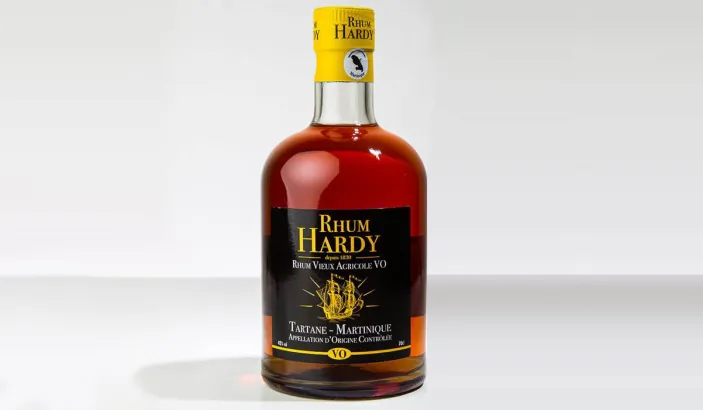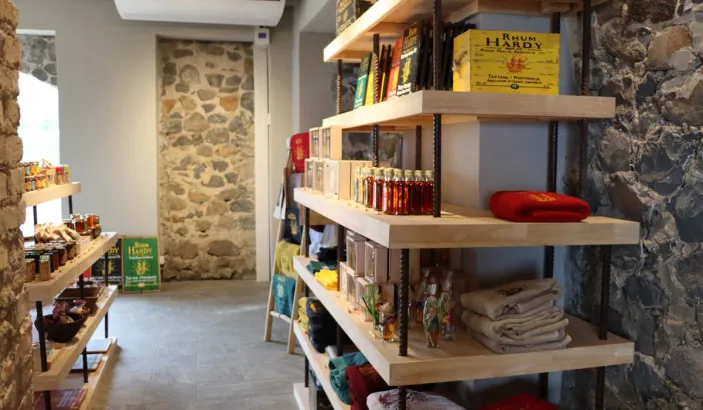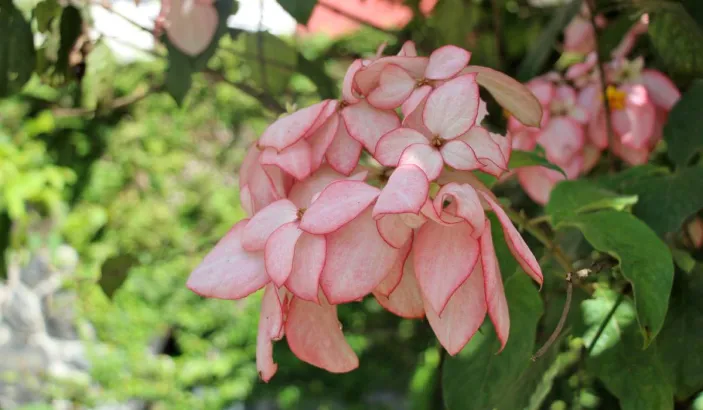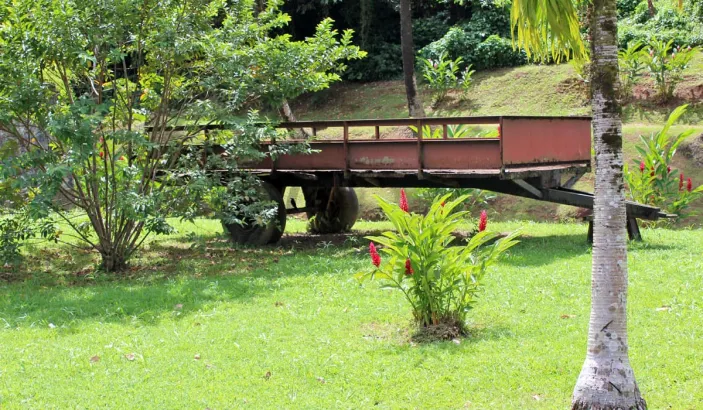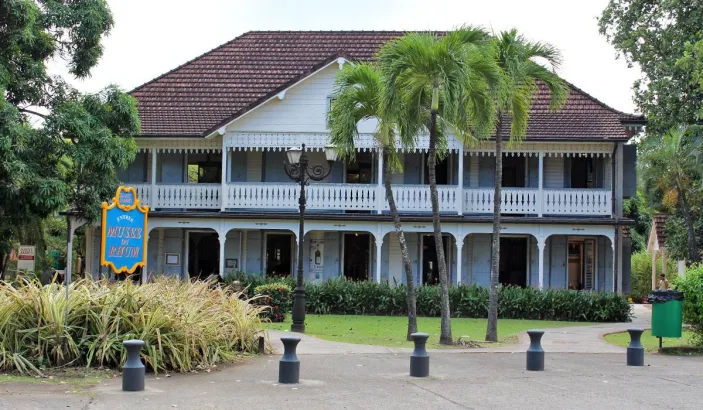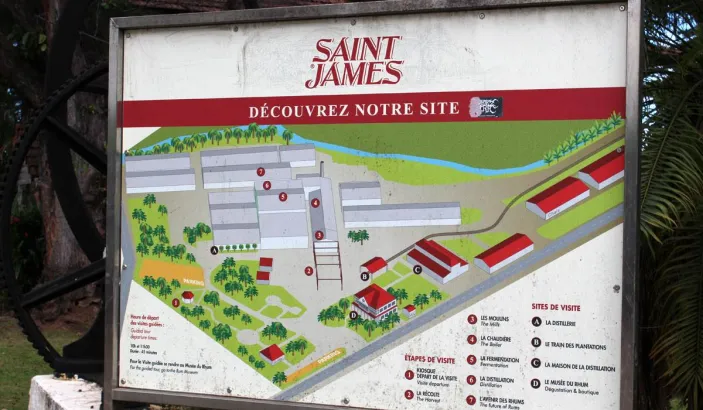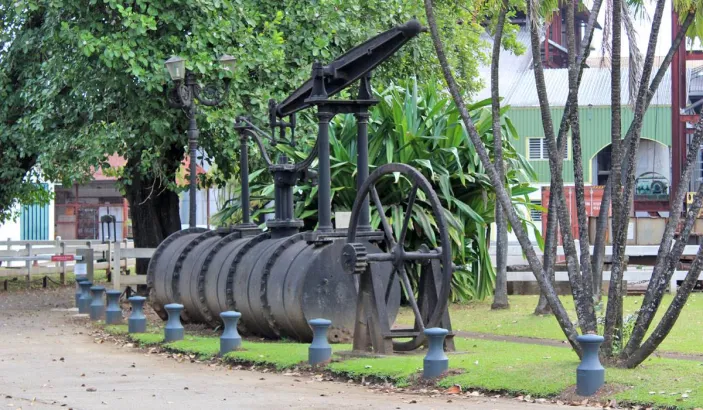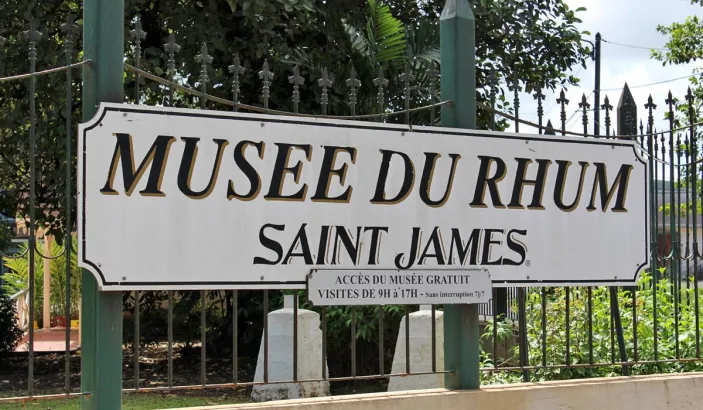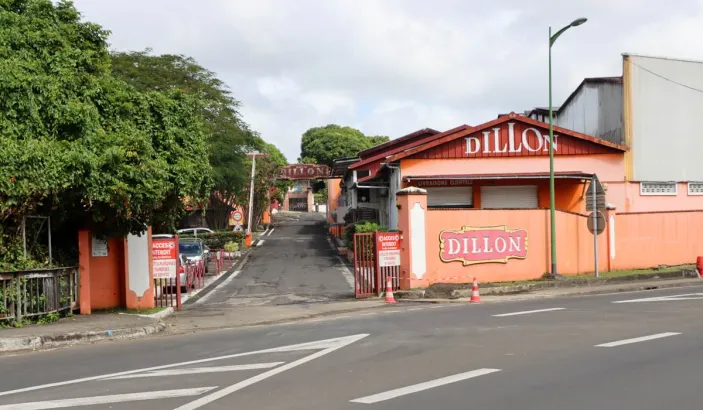Hardy distillery
The Hardy distillery is located in Tartane, facing Anse de la Brêche and near the Caravelle Peninsula. It is undoubtedly one of the lesser-known distilleries in Martinique. Yet it produces a historic rum of the island, born in 1830 when the estate—then called “La Grâce”—was renamed “Habitation Sucrerie Tartane.” At the time, it included a residence, industrial buildings, sugarcane plantations, and a windmill, which can still be admired from the roadside.
A few years later, Émilien Bonneville, a wealthy landowner from the Tartane region, decided to purchase the estate.
In 1880, in a habitation that had previously produced only sugar, Bonneville installed a steam engine to begin distilling rum. Martinique was then in the midst of a sugar crisis, and many distilleries had turned to rum production.
He later passed the estate on to his daughter Clémence, who was married to Gaston Hardy des Sources.
In 1905, the estate was officially transferred to Gaston Hardy, who gave it its name: “Rhum G Hardy Tartane.” His rum was distinguished and won several medals in mainland France. Although the distillery was devastated by two fires, it was fully restored by his son—also named Gaston—who was an engineer.
In 1955, Gaston Hardy Jr. became the owner. To boost the brand’s reputation, he created the famous Rhum Paille, aged for 12 to 18 months in oak barrels. This helped solidify Hardy’s renown.
In the 1970s, he personally oversaw the renovation and modernization of the production facilities, including the windmill mechanism, a concrete chimney, a distillation column, and an automatic feed belt that he built himself.
He passed away in 1990, and the distillery continued operating until 1994.
His heirs took over and transferred production to the Saint-James distillery in Sainte-Marie. Hardy rum is now produced according to the strict standards of the Appellation d’Origine Contrôlée (A.O.C.). A boutique at the entrance of the original site offers tastings and sells the full range of Hardy rums. Production remains limited (120,000 bottles), and distribution is local only.
Over time, the buildings suffered damage from humidity, but public authorities launched a fundraising campaign to restore the site. Some buildings are currently undergoing renovation, but this historic location remains open to visitors.


